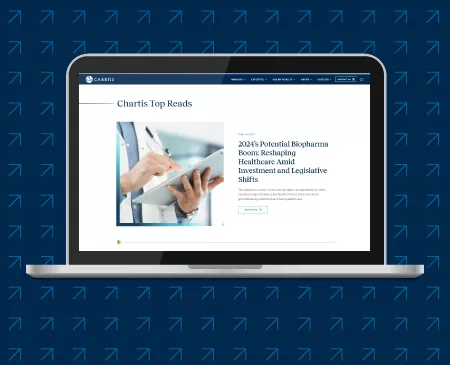The Client Challenge
Leaders of a financially fit, three-hospital system in rural Pennsylvania sought a partner to deliver on population health and invest in the troubled local economy. While confident in the out-of-state, investor-owned partner, they knew physician, political, regulatory, and union challenges could stymie the deal. They were, after all, the region’s economic engine. They needed a smart internal and external communications campaign that would connect with key players and the community to ensure a successful transaction.
POTENTIAL ROADBLOCKS TO COMPLETING A PARTNERSHIP:
- Rejection by regulators
- Challenges by labor unions
- Loss of morale among physicians and employees
- Negative media coverage driving community sentiment
Navigating to Next: The Solution
Jarrard Inc. immediately assembled a campaign team of leaders, board members, and deal counsel to define goals and roles. Objectives were: Rally the troops around the system’s vision for the future, neutralize opposition, complete the transaction, and launch a new foundation. The first step in the campaign was to broadly share the board’s vision for the future and demonstrate why partnership was the right path to get there. Jarrard took a unique approach to avoid or negate pushback from each possible group of detractors. Two months later, the organization announced the selected partner, and then focused on clearing regulatory hurdles and getting both internal and external stakeholders (including employees, local officials, labor unions, and the media) comfortable with the partner. Throughout the process, the merging systems presented a united front. Leadership from both organizations attended most engagements. This joint approach provided consistent messaging for employees, physicians, the media, and the local community as they scrutinized the new partnership. Jarrard also developed for the client a “pressure valve” of constructive ways for audiences to express concerns and ask questions.













